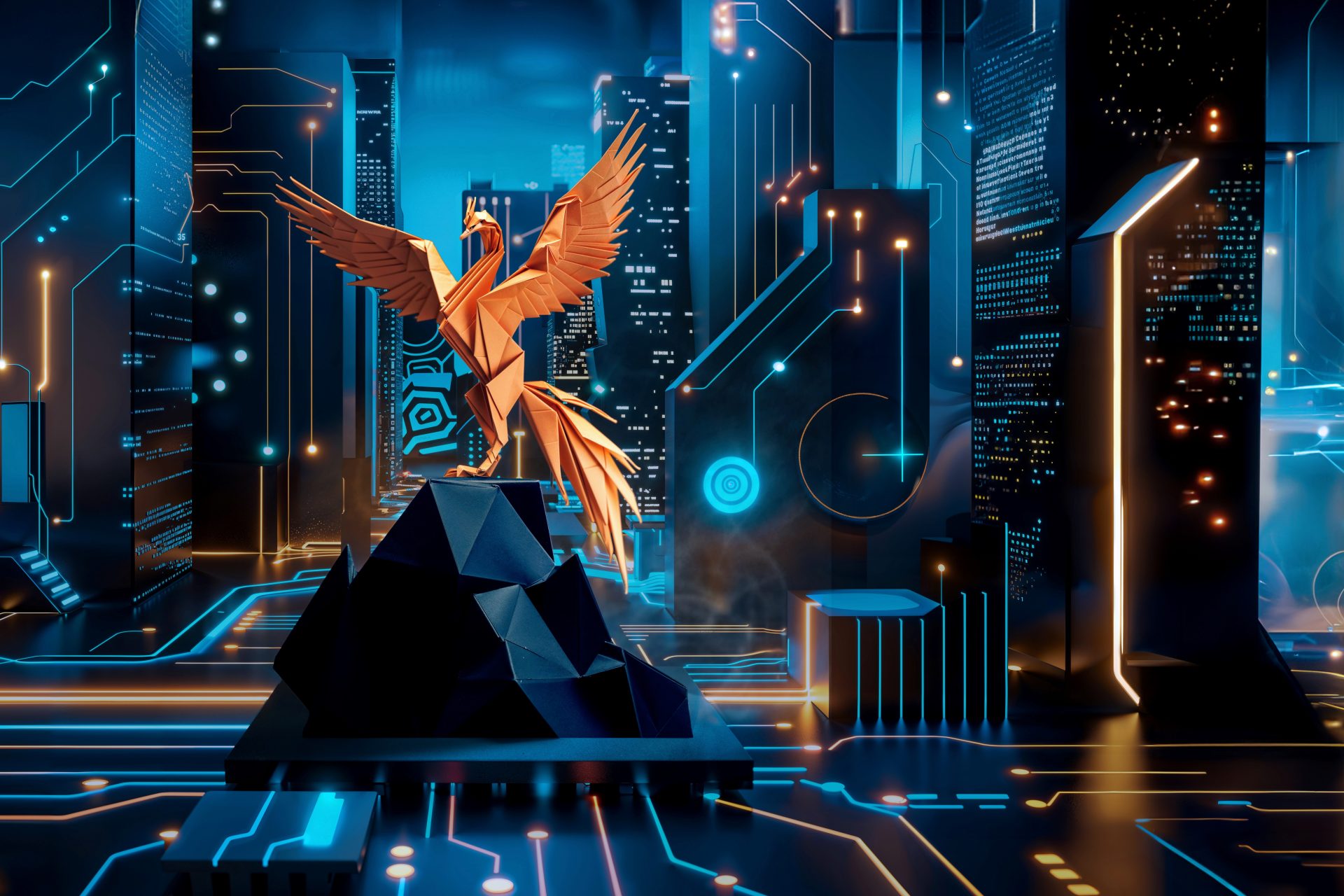Crossing over to the other side
Next, we strive to transcend the typical transactional customer-supplier relationship. We do this by crossing over into each other’s Biz, Dev, and Ops spaces and committing to bridge-building. Ideally, Biz then takes more ownership of tech decisions and understands better what‘s needed, non-functionally speaking. Dev then commits to understanding the desired business outcomes and the deeper functional why before building any solution. Ops, finally, configures logging, monitoring, and telemetry as such that they contribute to tracking the defined business outcomes. Since all sides are playing on a single team, there’s no finger-pointing. They become true teammates.
The challenge, however, is to find people from IT and business who can operate in this bridged middle ground area and won’t meet resistance from the business or IT sides, respectively. This is not a walk in the park. It takes people committing to honesty and vulnerability to genuinely understand the other side. Each side has its own language and practices. Business people are often coping with milestones, budgets, and release deadlines. Engineers are often seeking to understand the why behind the what before sharing their advice, much less committing to a deadline.
The product owner, also known as a component owner or a value stream owner, basically acts like an orchestra conductor, directing the harmony and tempo of business, development, and operations. Crucial for the success of the BizDevOps way of working, the product owner is like a mini CEO who should be fully mandated to make decisions on behalf of business.
Starting with the business need
In our projects, the starting point is the business need. Within a project team, we ensure business, represented by a product owner, defines the need. Its requirements should be detailed and refined enough for the developers and engineers to plan and build them. Final functional testing should be left to business to actually verify if the proposed solution meets their needs. Once that’s done, the team focuses on release and deployment, gathering and monitoring data to learn how a particular solution is behaving. That information about technical and functional operations is used to create primary input for the team. This input is taken onboard by business and, based on their learnings, gets translated into new wishes and requirements.
While BizDevOps is highly suitable for kick-starting a project, ultimately it’s a structural way of continually delivering value. That means it is also useful during the run phase. It encourages the team to stand in the shoes (or sit in the chairs) of end users, so everyone can feel what they experience when they have to wait five seconds upon each and every login. Getting into the same room from day one creates an atmosphere of trust and transparency. This helps us realize short time-to-value together. It reduces risk as it allows experiments to fail early and fast, letting all of us learn through trial and error collectively. It also means we can enjoy successes collectively.
In sum, DevOps alone isn’t going to cut it anymore. Business wants and needs to be involved. And so we need to keep bridging DevOps and Biz. After all, technology is now everyone’s business.







